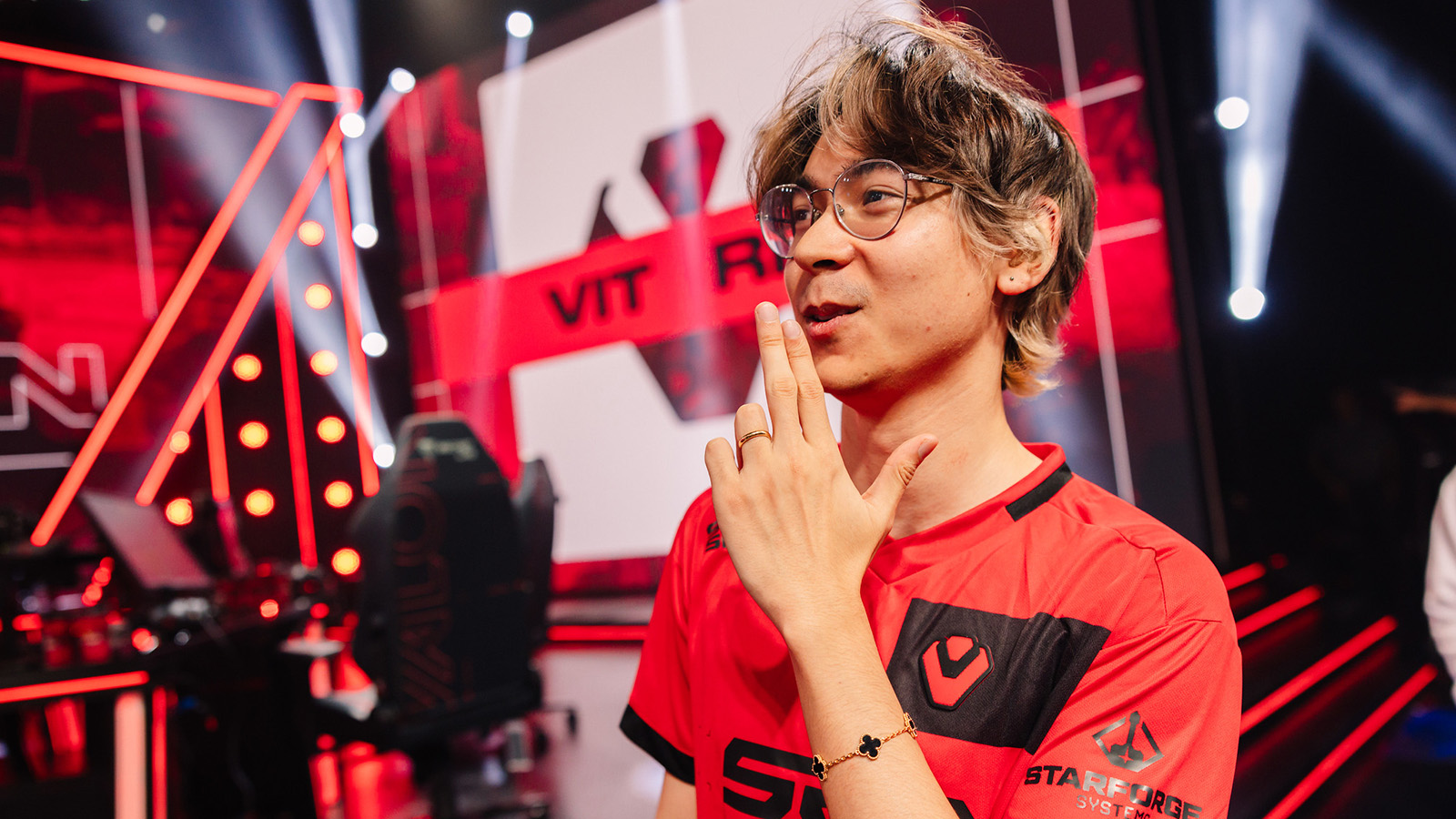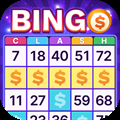Pro Valorant Tips and Tricks for Players Struggling to Rank Up

The mechanics of Valorant can initially seem challenging, especially for players aiming to climb ranks. Understanding aim is crucial. Start by choosing a reliable crosshair, such as TenZ’s crosshair code, which serves as a strong baseline. Adjust your sensitivity to 0.35 at 800 DPI, a common starting point for professionals. Practice tracking bots in the range while adjusting sensitivity—raise it if you can’t keep up or lower it if you’re overshooting.
Crosshair placement is vital. Always aim at head level unless using a shotgun or an operator. Leverage map objects, like boxes on Ascent or Bind, to align your crosshair at the correct height. Avoid holding angles too close to corners; instead, hold wider angles to account for reaction time. Never move while shooting unless in specific scenarios, such as close-range engagements with a Phantom.
Spraying, Bursting, and Tapping Techniques
Shooting effectively in Valorant requires mastering when to spray, burst, or tap. Spraying works best at close ranges but quickly becomes unreliable at mid or long ranges. Bursting involves firing short, controlled shots, maintaining accuracy while strafing. Combine this with movement, such as burst strafing, which involves alternating between moving left and right (using A and D keys) while shooting bursts during direction switches. This technique ensures accuracy and makes you harder to hit.
At long ranges, tapping or burst strafing is more effective. Tapping involves firing one shot at a time, prioritizing precision. Develop these habits early to improve over time. Avoid spraying at distant targets, as it often results in missed shots and wasted ammunition.
Movement and Peeking Strategies
Movement plays a critical role in Valorant. Maximum speed is achieved by using single-directional keys. Moving diagonally reduces speed slightly, so during burst strafing, rely solely on A or D keys. Always rotate with a knife to maximize speed, especially when traversing safe areas like spawn.
Effective peeking strategies include wide swinging, jiggle peeking, and jump peeking. Wide swinging involves swinging far out to spot or engage enemies and works well when entering sites or creating space. Avoid stopping mid-swing, as it can block teammates. Jiggle peeking offers versatility by quickly exposing your shoulder for information while preparing to engage. Jump peeking is ideal for gathering intel on operator players, as it reduces the risk of being shot.
Managing Valorant Economy
Economic management determines team strength across rounds. In the pistol round, purchase a classic pistol with armor and some utility. Each kill rewards 200 credits, and planting the spike provides an additional 300 credits for the team. Winning rounds grants 3,000 credits, while losing rounds yields only 1,000 credits initially. Subsequent losses increase this amount to 2,400 credits after two rounds and 2,900 credits after three or more consecutive losses.
Understand the types of rounds:
- Eco Rounds: Minimal investment to save for a full buy in subsequent rounds. Purchase a Shorty or Sheriff if affordable.
- Half Buys: Invest in weapons like Marshals or Sheriffs to compete while saving for the next round.
- Force Buys: Commit resources despite limited funds, typically in crucial or match-point rounds.
- Full Buys: Purchase rifles (Vandal or Phantom) and heavy shields, prioritizing a strong arsenal.
Agent Roles and Selection
Valorant agents fall into four categories: Duelists, Sentinels, Initiators, and Controllers.
- Duelists: Aggressive and suited for players who thrive on engaging fights. Popular agents include Jett, Raze, Reyna, and Yoru.
- Sentinels: Defensive and utility-focused, suitable for players preferring strategic gameplay. Cypher and Killjoy are strong choices.
- Initiators: Complex and utility-heavy, requiring strong communication. Agents like Skye and Sova shine in coordinated play.
- Controllers: Map control experts who use smokes and other tools. Omen and Viper are reliable picks for calculated players.
Experiment with agents across categories to find preferred playstyles. Learn at least three agents to adapt to team needs and maintain versatility.
Effective Practice Routines
A consistent aim practice routine boosts gameplay improvement. Begin by practicing burst strafing with good crosshair placement on still bots in the range. Once comfortable, transition to team deathmatch or regular deathmatch. Focus on applying proper gun hygiene: spraying for close range, bursting for mid-range, and tapping for long-range encounters.
Use deathmatches to practice peeking techniques and holding angles. Avoid playing mindlessly; set goals such as refining counter-strafing or improving angle-holding efficiency. Thoughtful practice builds habits that translate to competitive play.













